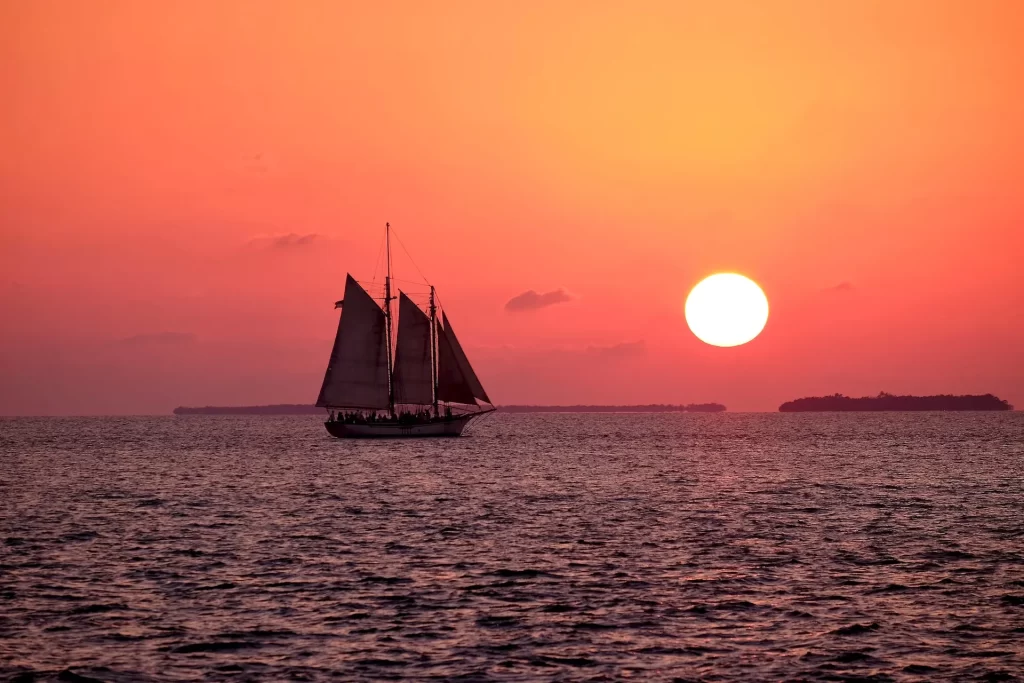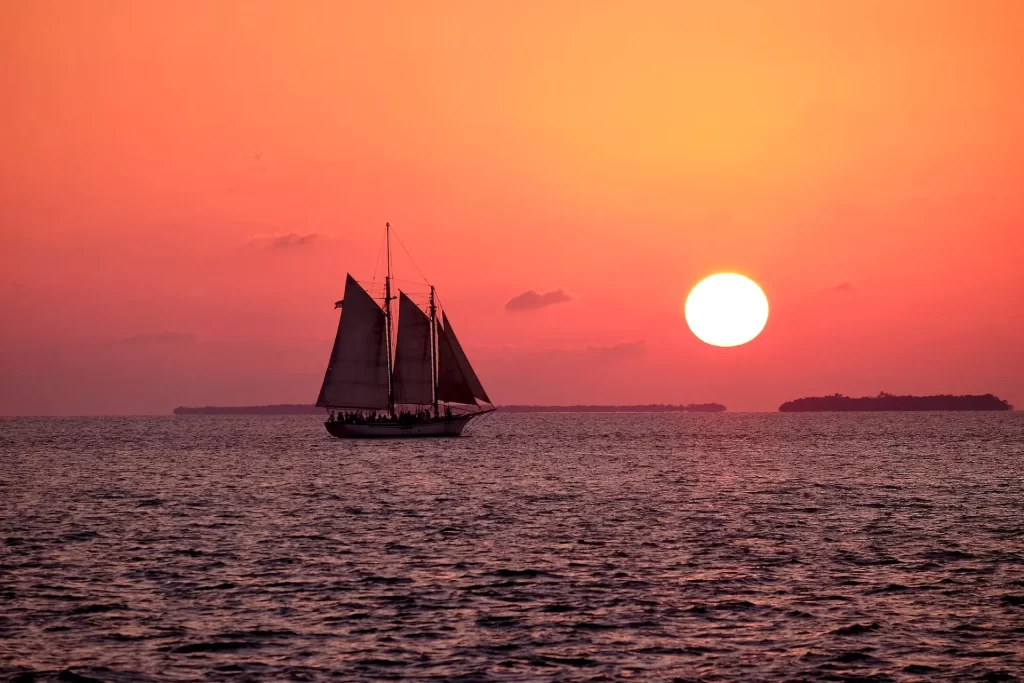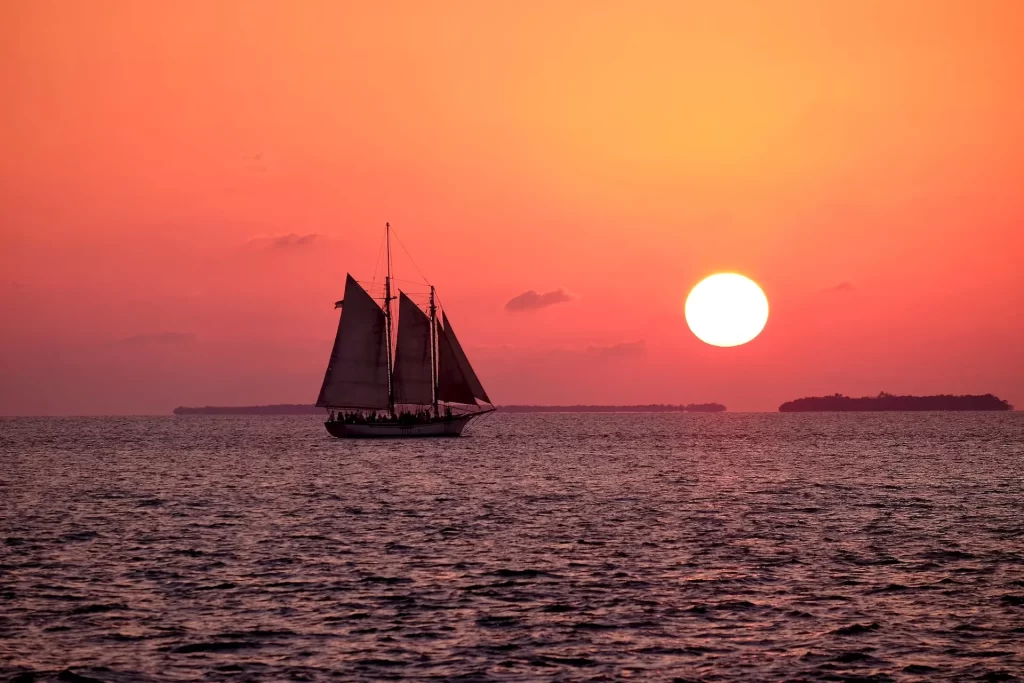Polar boats, designed to withstand and operate in extreme cold temperatures and harsh weather conditions, play a crucial role in research, transportation, and tourism in the polar regions. However, these boats face numerous challenges due to the extreme operating environment. From structural and stability issues to the impact on the surrounding ecosystems, polar boats must overcome several problems to ensure safe and efficient operations. This blog post aims to investigate these challenges thoroughly and enlighten readers about everything they need to know about polar boats’ problems.
Structural and Material Challenges
Ice Pressure on Boat Hulls
Polar boats often have to navigate through sea ice, which exerts enormous pressure on the boat hulls. For boats to survive the crushing forces of ice, they must be constructed using strong and durable materials that can withstand these pressures. Typically, reinforced steel or aluminum is used, but the selection of suitable materials and construction techniques is a significant challenge faced by the industry.
Corrosion and Material Degradation
The extreme cold temperatures and high salinity of the polar waters make corrosion and material degradation a significant challenge. Metal components, including the hull, can suffer from corrosion, which may weaken the structural integrity. Further, low temperatures can lead to material brittleness, making them prone to cracking under stress. To address this issue, designers and manufacturers must carefully select materials and use proper anti-corrosion coatings and maintenance strategies.
Stability and Propulsion Issues
Ice-Induced Stability Problems
Ice accumulation on the boat’s structure can cause stability issues, which might compromise its safety. Significant ice buildup on the deck or superstructure can increase the boat’s weight, raising its center of gravity and making it more susceptible to capsizing. To mitigate this problem, crew members must continuously monitor ice buildup and remove the excess ice to preserve the boat’s stability.
Challenges in Propulsion System
Ice can interfere with polar boats’ propulsion systems, causing propellers to become obstructed or damaged. The accumulation of ice in intakes or around propulsion components may reduce power or cause complete failure. To address these issues, ice-going vessels are often equipped with ice-protection measures, such as icebreakers, reinforced propellers, or nozzle-protected systems to ensure proper operation.
Navigation and Communication Difficulties
Poor Visibility Conditions
Polar regions frequently experience poor visibility conditions due to fog, snow, or whiteout situations. These factors can make navigation challenging, causing operators to rely heavily on technologies like radar, GPS, and other sensors to determine their boat’s location and avoid potential obstacles such as icebergs. The use of redundant navigation systems is crucial to ensure smooth and safe navigation under such conditions.
Communication Challenges
Effective communication is vital for marine operations, particularly in remote polar regions, as boats may require assistance or need to communicate with nearby vessels. However, communication systems often face challenges, including weak satellite signals and network disruptions, due to the high latitudes and extreme weather conditions. To overcome these issues, polar boats often rely on multiple communication systems, including satellite phones and maritime communication services.
Environmental Considerations
Impact on Fragile Polar Ecosystems
Polar boat operations can potentially impact the fragile ecosystems of the Arctic and Antarctic. Invasive species, pollution from fuel spills, and disturbances to wildlife habitat can threaten the sensitive balance of these environments. For minimizing the impact of polar boat activities, operators must adhere to stringent environmental regulations and directives from authorities like the International Maritime Organization and the Antarctic Treaty System.
Iceberg Collision Risks
Iceberg collisions are a notable risk associated with polar boat operations. Striking an iceberg can lead to substantial damage to the vessel and possible loss of life. To mitigate this risk, polar boats utilize ice-detection technologies, such as radar or ice-penetrating sonar, and adhere to established ice navigation practices, such as maintaining a safe distance from the known iceberg locations.
Human Factors
Health and Safety of the Crew
The extreme conditions of polar regions pose health and safety risks for crew members. Prolonged exposure to the cold environment can result in hypothermia, frostbite, or other health issues. Additionally, rough seas and slippery working conditions onboard the vessel can lead to accidents and injuries. To address these challenges, crews need proper training, adequate protective gear, and well-maintained facilities onboard the vessel.
Crew Training and Competency
Operating a polar boat requires specialized skills, including ice navigation and the ability to respond to emergencies effectively. Crew members must be trained and competent in their roles to ensure safe and efficient operations. In recent years, regulatory authorities have emphasized training requirements for seafarers employed on polar boats, such as the IMO’s Polar Code’s training standards for deck officers.
In conclusion, polar boats face various challenges as they operate in one of the harshest environments on Earth. From structural and material issues to navigation and environmental concerns, these vessels must overcome significant hurdles to perform their tasks effectively and safely. By understanding these problems and taking appropriate measures to address them, the polar boat industry can continue to thrive and support critical activities in the world’s polar regions.
Frequently Asked Questions
1. Where are Polar boats made?
Polar boats are made in Little Falls, Minnesota, USA. It is a production facility of Polar Kraft, which is a subsidiary of Future Beach Industries.
2. What are Polar boats made of?
Polar boats are usually made of high-quality aluminum, with some models featuring fiberglass for reinforcement or aesthetics. Aluminum is a light, durable, and corrosion-resistant material that is perfect for building boats.
3. Who manufactures Polar Kraft boats?
Polar Kraft boats are manufactured by Future Beach Industries, a leading boat manufacturer in the USA. The company has been in business for more than 30 years and is known for producing high-quality boats that are designed to last a lifetime.
4. How much does a Polar Kraft boat weigh?
The weight of a Polar Kraft boat depends on the model and size. On average, Polar Kraft boats weigh between 500 to 1,500 pounds, depending on the boat’s length and the material used in its construction.
5. What is the maximum horsepower rating for a Polar Kraft boat?
The maximum horsepower rating for a Polar Kraft boat depends on the model and size of the boat. On average, the maximum horsepower rating for a Polar Kraft boat ranges from 25-200 horsepower.
6. Can I get a warranty for my Polar boat?
Yes, Polar Kraft boats come with a warranty that covers defects in material and workmanship for a specific period. The warranty period varies by model, but it typically ranges from two to ten years.
7. How do I maintain my Polar boat?
To maintain your Polar Kraft boat, it is recommended that you rinse it with fresh water after every use to remove salt and other debris. You should also wax your boat once or twice a year to keep the finish looking new and protect it from UV damage.
8. What types of Polar boats are available?
Polar Kraft boats are available in several models and types, including fishing boats, jon boats, pontoon boats, and more. Each model is designed for specific purposes, ranging from fishing to recreational boating.
9. What is the price range of Polar boats?
The price of Polar Kraft boats depends on the model and size. On average, a new Polar Kraft boat can cost anywhere from $5,000 to $50,000, depending on the features and accessories included.
10. Where can I find replacement parts for my Polar boat?
You can find replacement parts for your Polar Kraft boat at authorized Polar Kraft dealerships or online retailers. You can also contact the manufacturer directly for assistance in finding replacement parts.
- Addressing Common Stik Boat Problems: Expert Solutions and Tips - June 15, 2023
- Sea Hunt Boat Problems: Common Issues & Solutions Explored - June 15, 2023
- Rinker Boat Problems: Top Issues & Solutions for Owners - June 15, 2023








